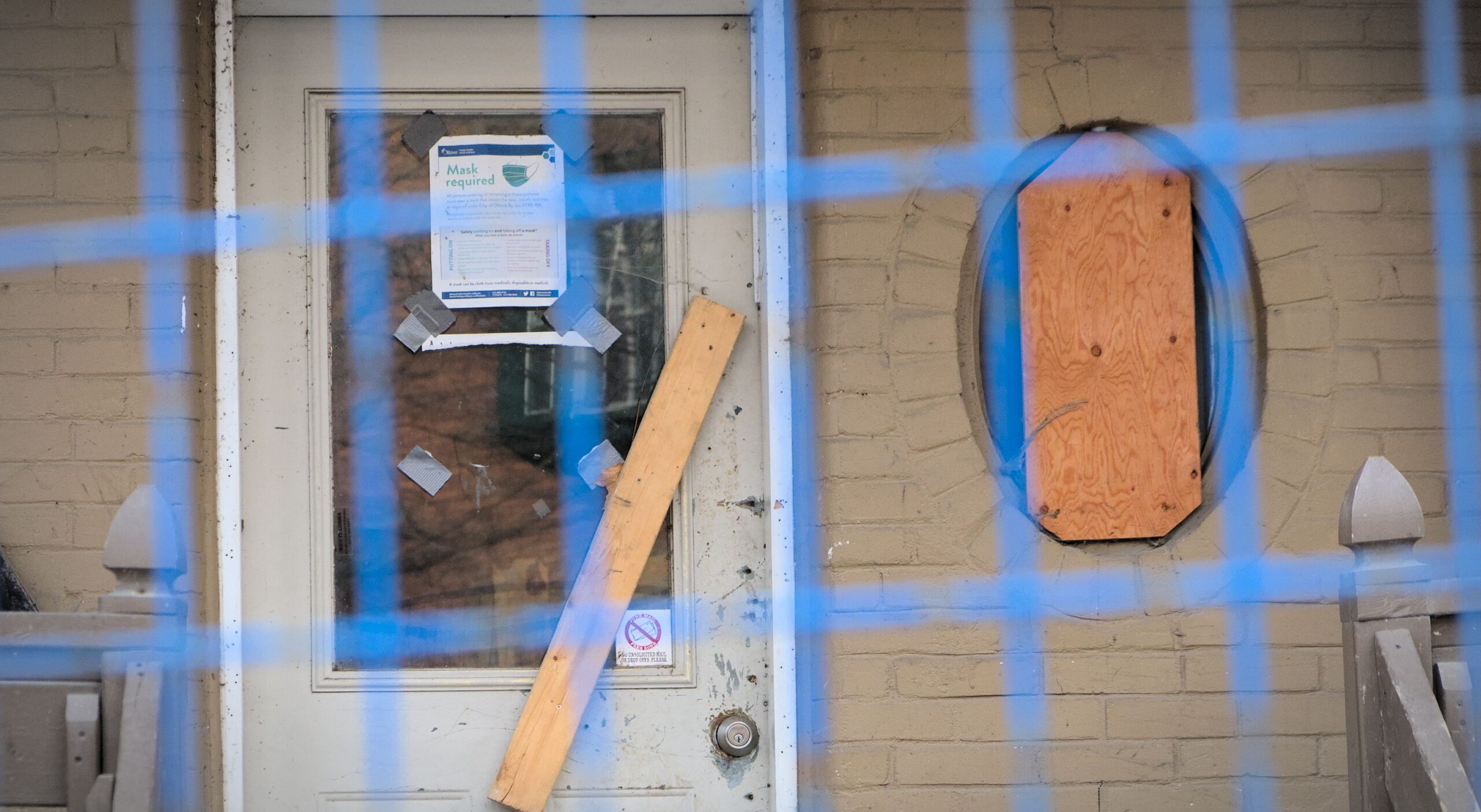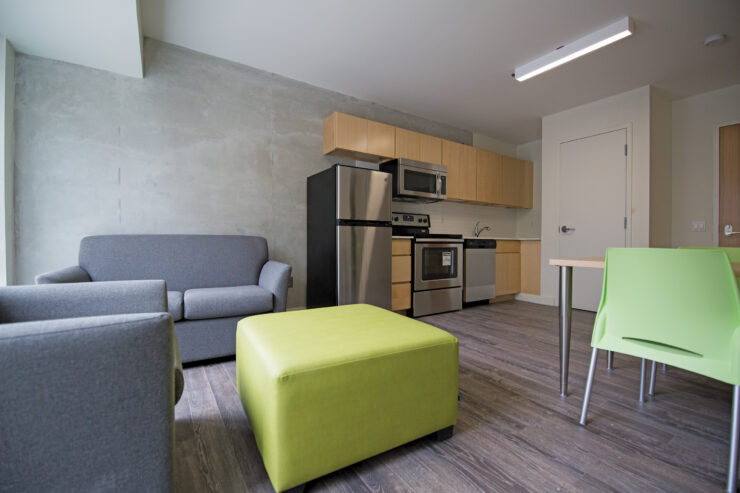WHY AM I NOT SURPRISED
Take a look around campus, sit down at some benches or at the edge of the stages at the university square, and you’ll feel something dig into your side. You’ll start to notice benches are divided weirdly, part loveseat and part third wheeler, divided by an extra rail.
Who would find this comfortable? What do spikes or extra rails accomplish for university public spaces? Warding off homelessness of course! As if the university learned anything from what former Fulcrum opinions editor Sanjida Rashid wrote in 2021.
“Defensive architecture” is only the first part of the issue when it comes to the University of Ottawa dealing with homelessness. Housing itself is put between a rock and a hard place for students – there is no winning in finding a place to live on or off campus.
Renting in Sandy Hill is progressively reaching prices impossible to meet as a working student. With the average rent of a double bedroom apartment now being a wallet-busting $2,325 a month , it’s easy to see why renting off-campus is a nightmare for students.
Tools provided by the university to find ‘cheaper’ off-campus options have their own issues too. Trying to find ads for off-campus housing via the official University of Ottawa Student Housing Billboard shoves on-campus residence options to you. If you go past those listings, you’ll see irregular and outdated listings for off-campus options. Which is, frankly, about as helpful as not searching it up in the first place.
Don’t like renting off-campus? That’s okay, the university provides its own ghoulish, building inspector’s nightmare on-campus options! If you are lucky and live in some of the immediate housing like Marchand, Thompson, or 90U, you only have to deal with the crumbling infrastructure actively decaying around you.
During my first year, the elevator was out-of-order for much of my stay. The bathrooms flooded multiple times, sometimes affecting other floors. If you’re unlucky, you’ll have to deal with any number of issues like bed bugs or broken locks; the occasional lack of heating too.
The pricing isn’t much better either. If you manage to steal away a double room in one of the traditional residences, like the previously praised Marchand, you still get stuck with a monthly bill of $1,755.5 – as if anyone beyond first years can get (or, more importantly, like) a spot there. The likelier on-campus options would jack prices up even higher, which only returns students to worries about being able to work enough to afford it in the first place.
Don’t like either of your options? Me neither! Trying to cut costs is great, starving artists are in vogue right now – the thing is the university continues to fail with its food insecurity programs, which are also struggling to get by and have been for some time.
Even though the university provides a free store, it does not tackle essential needs like food and housing insecurity within the student population. Doing a quick search on what the university might be doing to help with student homelessness results in an affirmative silence.
At best, there are a few studies being conducted later this year on assisting homelessness throughout the Ottawa-Gatineau area or how it’s governed, but that’s hardly relevant to students who are at risk of being without a home.
If services are being provided by the university, they are either too hard to find on their website or are so poorly advertised that students are left unaware of their existence – both possibilities that indicate a lack of community outreach in policy by the university. What else is new?
Plainly, the university does not provide any adequate services for those who are at risk of homelessness; the only service that addresses food insecurity within the student body is so strained, that it is actively bursting at the seams with demand. How is it that the University of Ottawa can at once pride itself as being an educational center worth moving to and yet not provide ways to assist those who do exactly that?
If the university wants to continue to pride itself as an institution worth moving across the province, country or world for, it needs to be ready to accommodate that demand for student housing.
The University of Ottawa fails at the policy-level to address these concerns, fails at the public-outreach level for not advertising any possible tools – such as the food bank – to the student body, and fails to convince me about their stance on student homelessness when I can still walk across the university square and see the same peculiar spikes built into benches that drove Sanjida to write two years ago.





